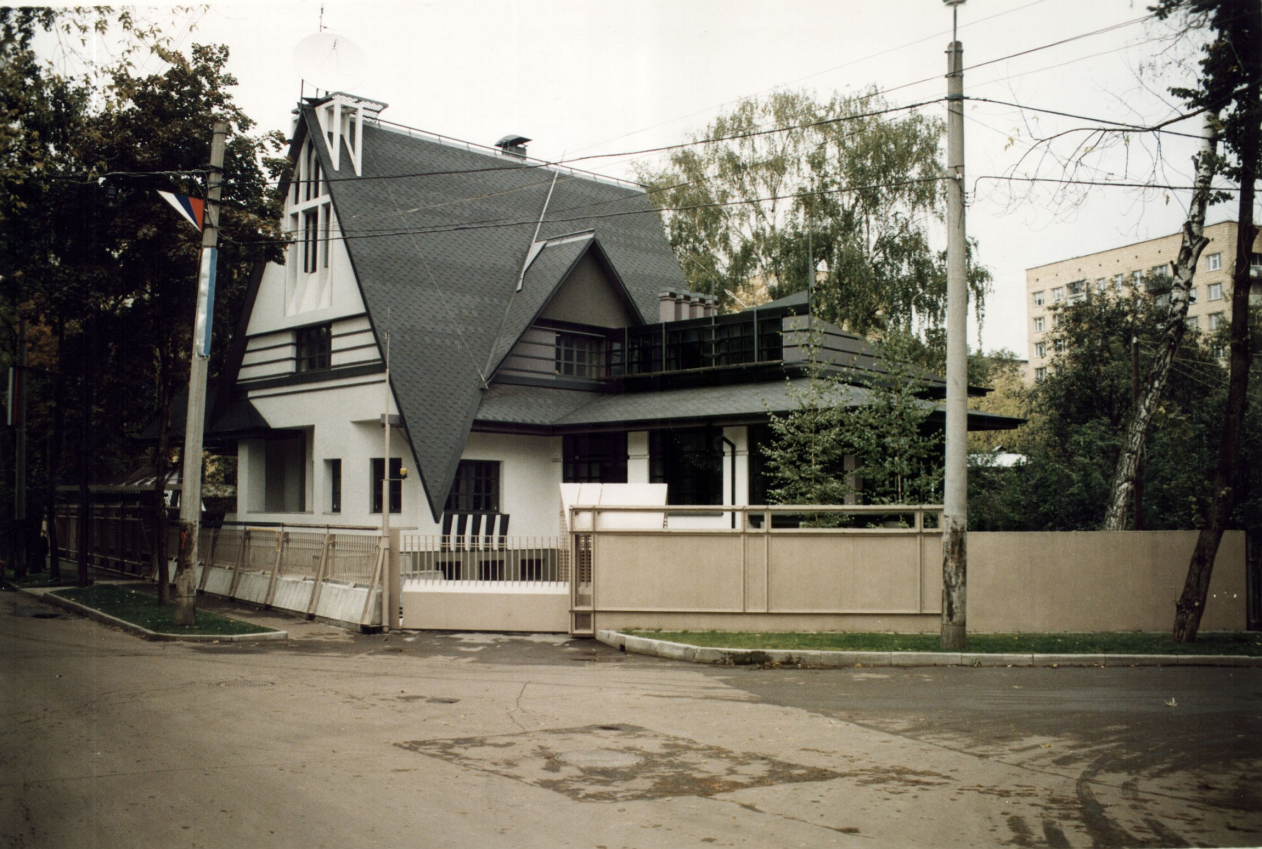Skillful Plastics
This house in Moscow’s “artist village” named “Sokol”, with its unusual-looking roof, was built a few years ago by Vladislav Platonov (“Carlson & Co” development and construction company).




29 August 2011

Written by: